Pope Theodore II was the bishop of Rome and ruler of the Papal States for twenty days in December 897. His short reign occurred during a period of partisan strife in the Catholic Church, which was entangled with a period of violence and disorder in central Italy. His main act as pope was to annul the recent Cadaver Synod, therefore reinstating the acts and ordinations of Pope Formosus, which had themselves been annulled by Pope Stephen VI. He also had the body of Formosus recovered from the river Tiber and reburied with honour. He died in office in late December 897.
The 820s decade ran from January 1, 820, to December 31, 829.
The 840s decade ran from January 1, 840, to December 31, 849.
The 850s decade ran from January 1, 850, to December 31, 859.
The 860s decade ran from January 1, 860, to December 31, 869.
The 880s decade ran from January 1, 880, to December 31, 889.
The 890s decade ran from January 1, 890, to December 31, 899.
The 780s decade ran from January 1, 780, to December 31, 789.
The 910s decade ran from January 1, 910, to December 31, 919.
The 920s decade ran from January 1, 920, to December 31, 929.
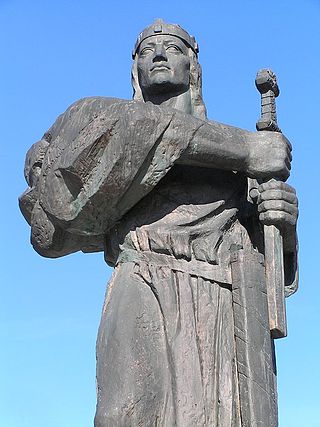
Year 846 (DCCCXLVI) was a common year starting on Friday of the Julian calendar.

Year 891 (DCCCXCI) was a common year starting on Friday of the Julian calendar.
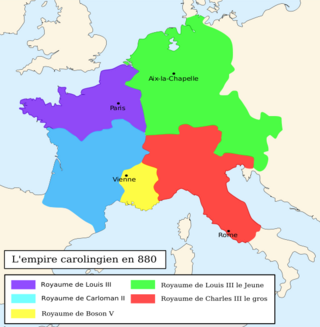
Year 880 (DCCCLXXX) was a leap year starting on Friday of the Julian calendar.
Year 929 (CMXXIX) was a common year starting on Thursday of the Julian calendar.
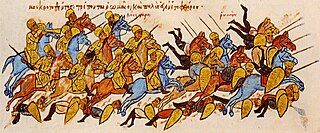
Year 896 (DCCCXCVI) was a leap year starting on Thursday of the Julian calendar.
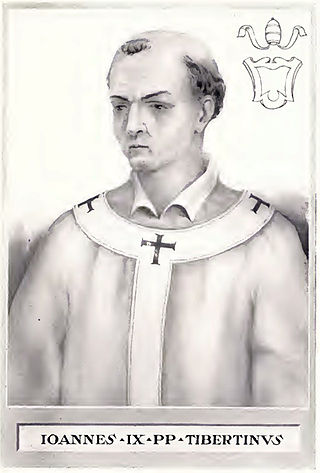
Year 898 (DCCCXCVIII) was a common year starting on Sunday of the Julian calendar.
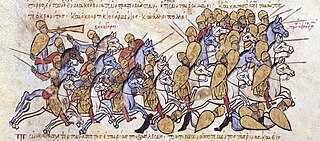
Year 894 (DCCCXCIV) was a common year starting on Tuesday of the Julian calendar.

Year 889 (DCCCLXXXIX) was a common year starting on Wednesday of the Julian calendar.
Pope Romanus was the bishop of Rome and ruler of the Papal States from August to November 897. His short reign occurred during a period of partisan strife in the Catholic Church, amid the violence and disorder in central Italy. His pontificate ended when he was deposed and confined to a monastery.

The Cadaver Synod is the name commonly given to the ecclesiastical trial of Pope Formosus, who had been dead for about seven months, in the Basilica of St. John Lateran in Rome during January 897. The trial was conducted by Pope Stephen VI, the successor to Formosus' successor, Pope Boniface VI. Stephen had Formosus' corpse exhumed and brought to the papal court for judgment. He accused Formosus of perjury, of having acceded to the papacy illegally, and illegally presiding over more than one diocese at the same time. At the end of the trial, Formosus was pronounced guilty, and his papacy retroactively declared null.








